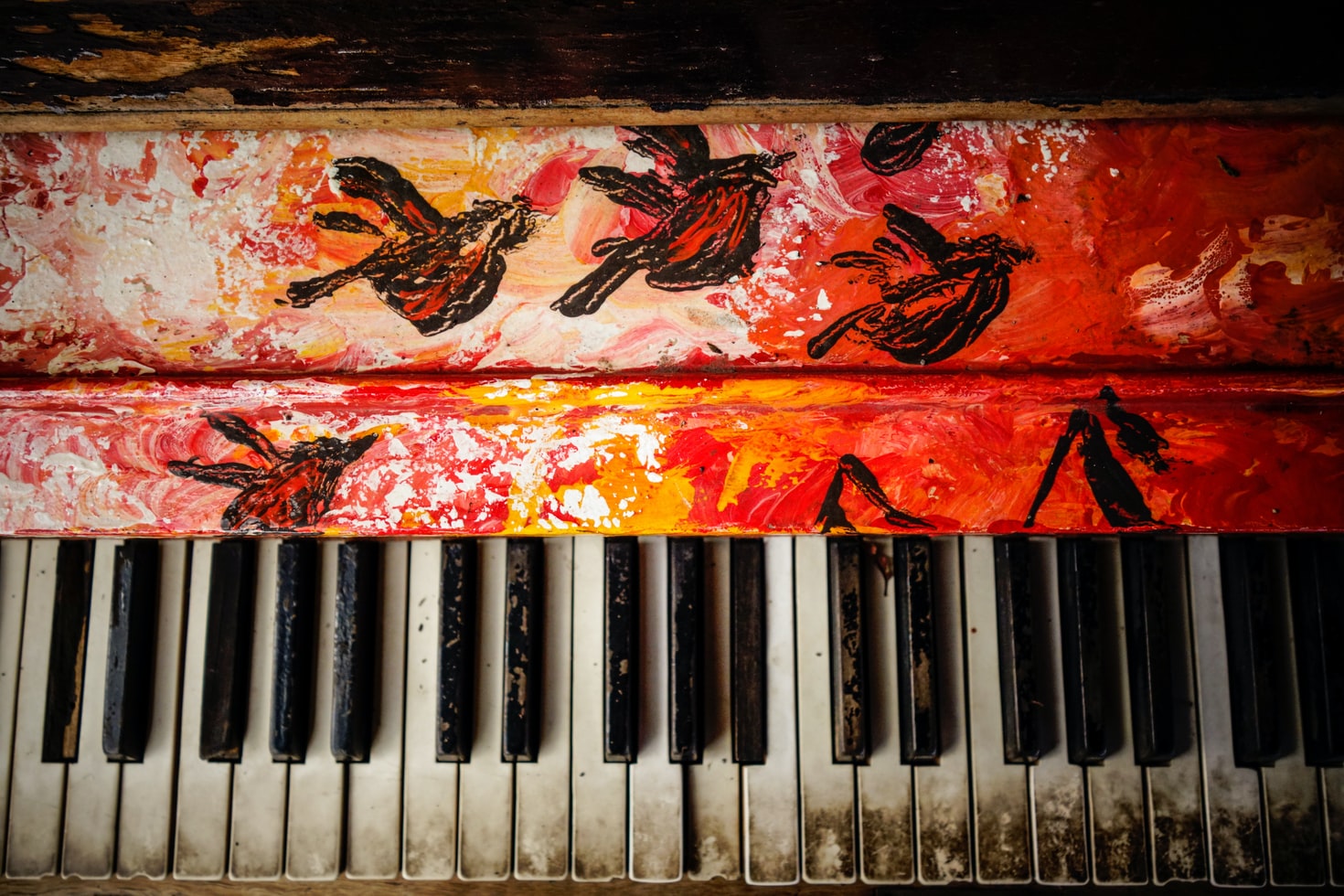Your Cart is Empty
Available in the USA, UK, EU, Japan and Singapore | International Shipping Available
There's something about a restored piano that just makes it so captivating. Perhaps it's the transformation they go through — from old and tired to new and beautiful. Piano restoration is an art form in and of itself, and it can breathe new life into an antique piano. In this blog post, we'll take a look at what piano restoration is all about, the types of piano that can be restored, and the process of restoring great pianos. We'll also explore some of the reasons for restoring antique pianos, and other tips to protect a piano once it's restored.
Piano restoration is the process of repairing and restoring an old or damaged piano. This can involve anything from fixing broken keys or tuning pins... to refinishing the exterior of the musical instruments. It's often a delicate process, as it's important to be careful and not to damage the existing structure or tone of the piano.
Almost any type of piano can be restored, from baby grand pianos, upright pianos to digital pianos. However, the extent of the restoration may vary depending on the make and model of the instrument. For example, an upright piano may require more extensive work than a digital piano.
There are many reasons why someone might choose to restore an antique or grand piano. Perhaps they inherited it from a loved one and want to keep it in the family. Maybe they're passionate about the piano industry and want to ensure that this piece of music heritage survives for future generations. Or maybe they just love tinkering with things and see piano restoration as a fun challenge!
No matter what your reason may be, there are many benefits to restoring an antique or grand piano. Restored pianos often have a much better tone and sound than their original counterparts. They can add value to the home, as well as increase its aesthetic appeal. Restoring an antique or grand piano is also a great way to preserve history.
The process of restoration can be a lengthy one, and it often requires the expertise of a piano technician. If the piano is too large to move, then it's important to hire a professional piano mover to take it to the shop.
Here are the general steps involved in the restoration process:
1) Assess the damage: The first step is to get a professional from a piano shop to assess the damage and determine what needs to be fixed or restored.
2) Fix any structural damage: This may involve replacing broken keys, tuning pins, or other components.
3) Refinish exterior: Once all repairs have been made, it's time to refinish the exterior of the piano. This can include polishing, waxing, or painting depending on the type of finish desired.
4) Tune and adjust strings: After everything has been repaired and refinished, it's important to tune and adjust the strings so that the piano sounds its best.
This is just a general overview of the restoration process. Depending on the make and model of the piano, there may be other steps involved as well.
Here are a few other tips to help protect a piano from damage once it's restored:
- Keep it in a climate-controlled environment: Extreme temperatures can cause the wood on a piano to expand or contract, which can lead to damage.
- Use a piano cover: A good quality baby, digital or grand piano cover can protect the instrument from dust, dirt, and other debris.
- Keep it away from pets and children: Pets and children can be curious about pianos and may accidentally damage them.
- Regularly tune and maintain it: A piano that's properly tuned and maintained will last longer.
If anyone is interested in restoring a piano, it's important to consult with a professional from a piano restoration shop to get their expert advice. They'll be able to determine what needs to be done and how much it will cost.
